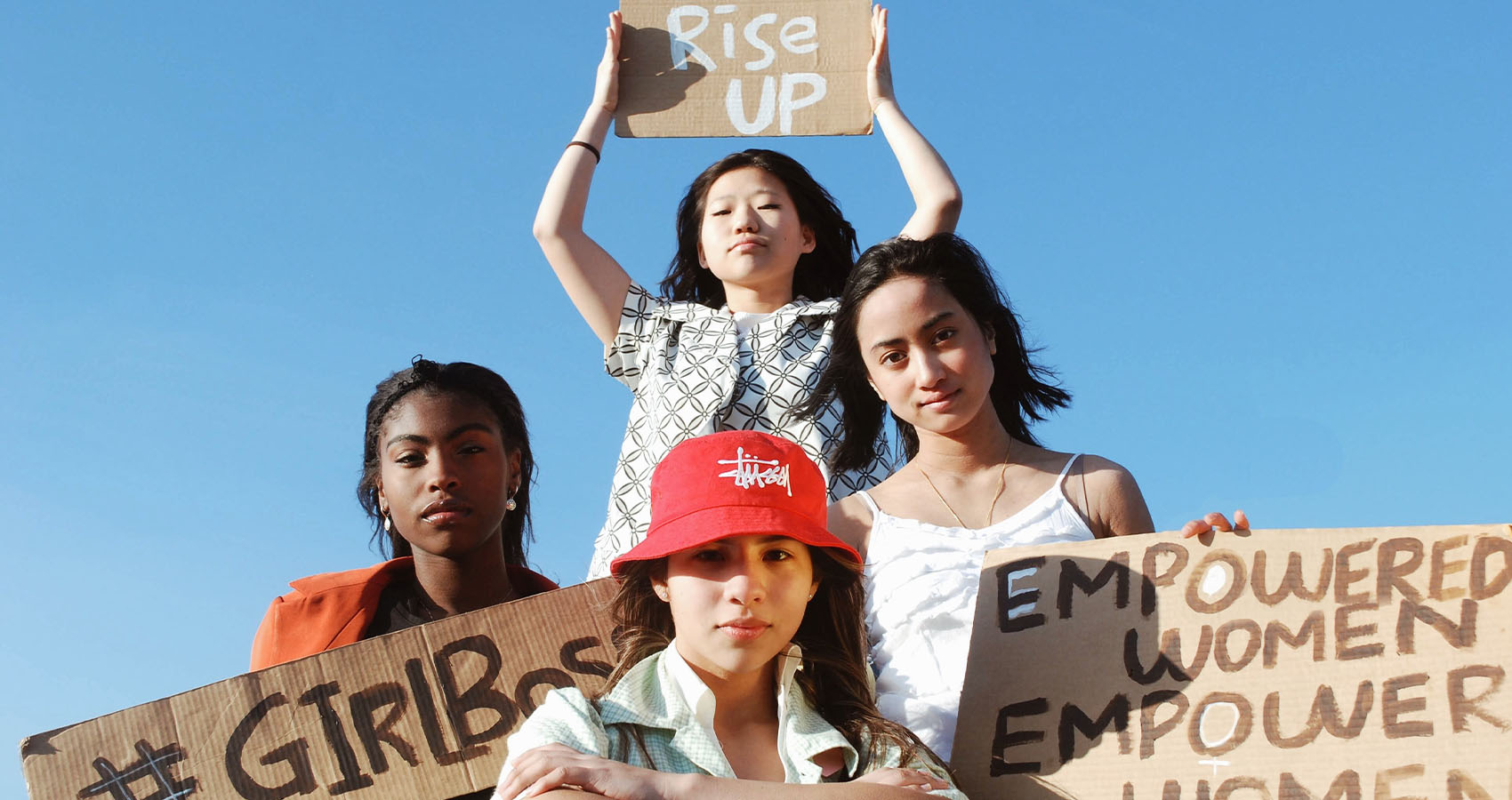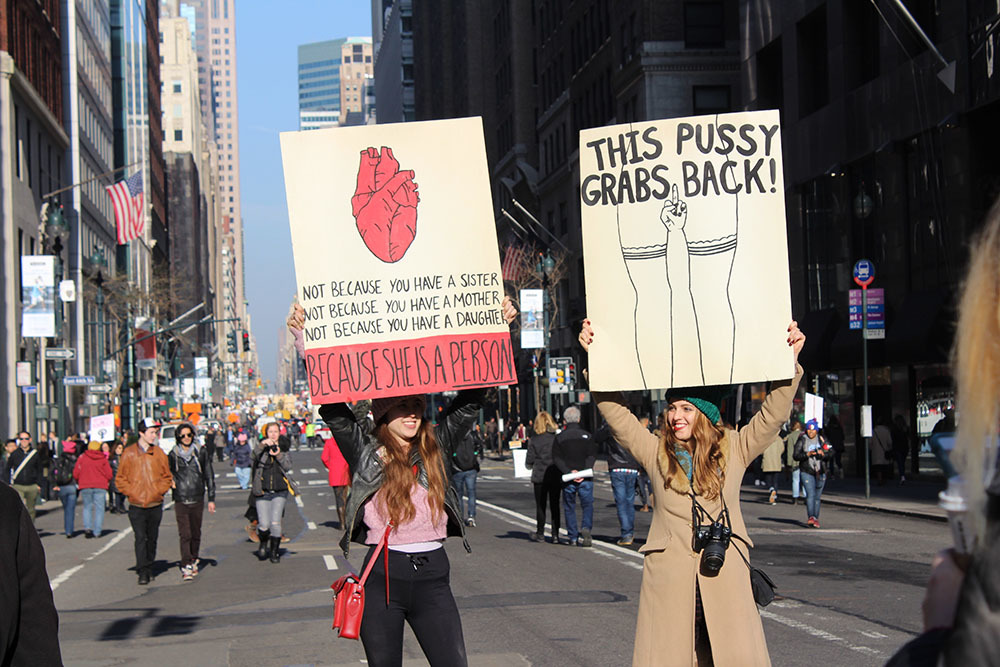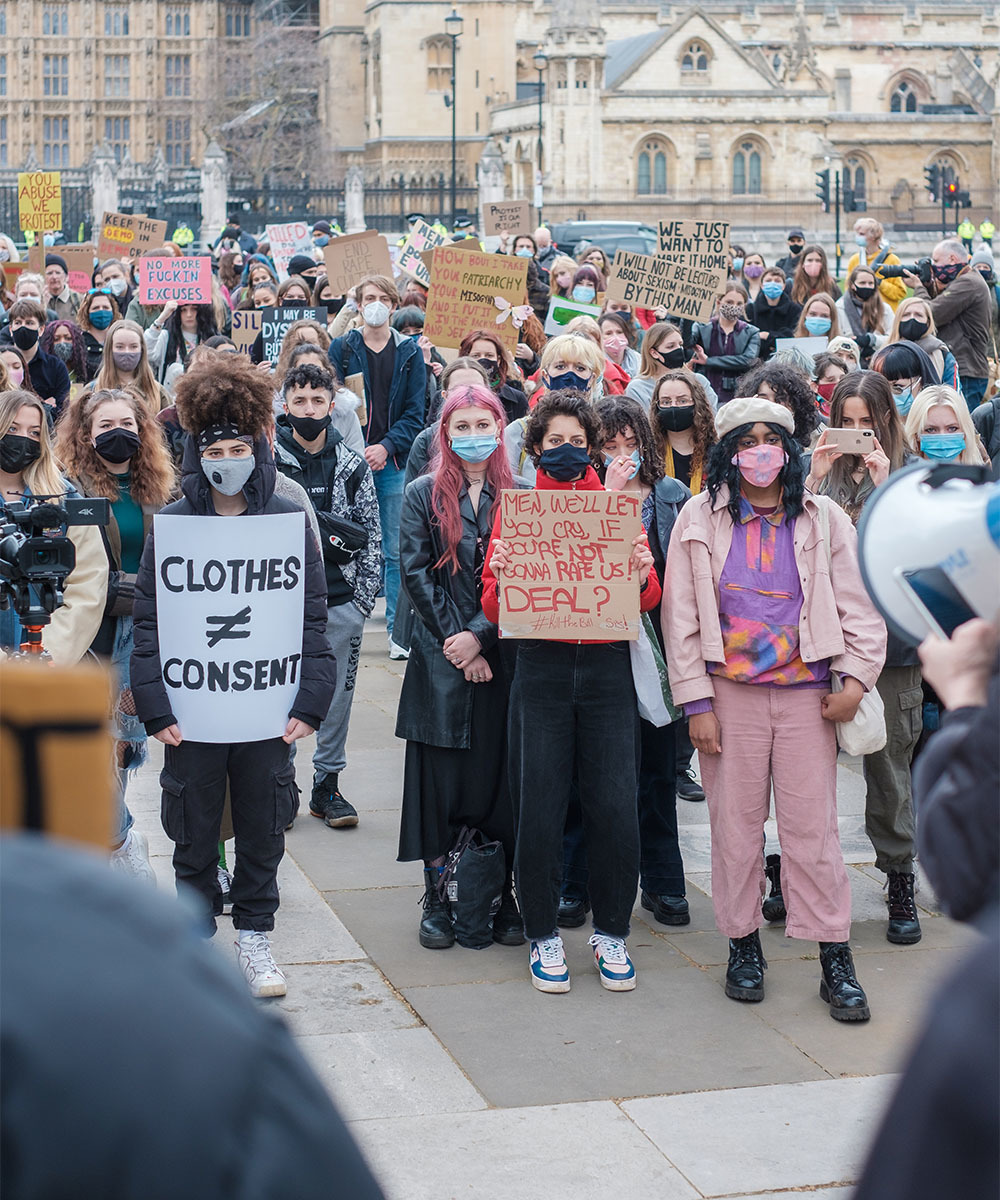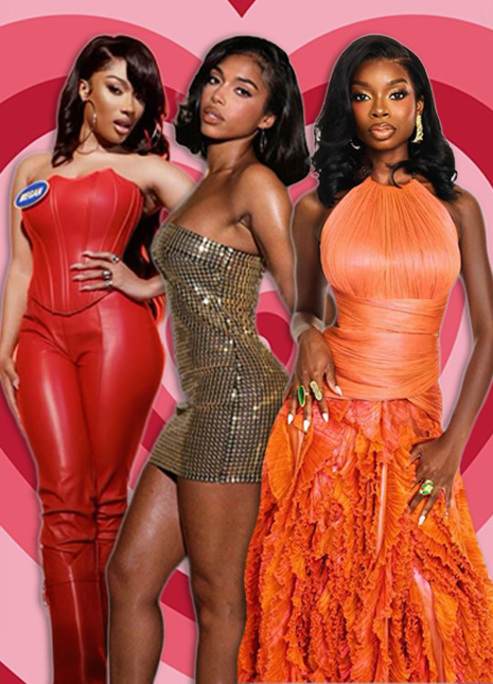
The Third Wave Of Feminism
From the 1990s to the early 2000s.
The Third Feminist Wave began in the United States in the early 1990s and continued until the rise of the fourth wave in the 2010s. Developed by Generation X, those born between the 1960s and ’70s, it emerged in a media-saturated, culturally and economically diverse world.
Third-wave feminism may be the most diverse and individualistic feminist wave to date with many currents and theories emerging during it, creating many different movements within one.
Where It Came From And What Is It
Emerging from the need to finish the work that had been started during the second-wave feminism (the 1960s to 90s), whose main topic of the discussion was sexuality, reproductive rights, and the sex wars, the third-wave feminism focused less on laws and the political process and more on individual identity. The realization that women are of many colors, ethnicities, nationalities, religions, and cultural backgrounds.
The feminists of the nineties understood that it is no longer possible to speak of "Woman", simply because the world is different in every part, and therefore every social, cultural, political, geographical context, influences and determines the feminist experience of each person. Some early adherents were the literal daughters of the second wave. Rebbecca Walker, an American writer, activist, and daughter of the novelist and second-waver Alice Walker. She was chosen as the theoretical “founder” of the third wave, or at least as a reference black feminist figure, for her 1992 article in Ms. Magazine where she wrote: "I am the Third Wave."
Others included Jennifer Baumgardner and Amy Richards, authors of Manifesta: Young Women, Feminism, and the Future (2000), who were both born and raised by second wavers who had belonged to organized feminist groups. These women among others chose to battle such obstacles by inverting sexist, racist, and classist symbols, fighting patriarchy with irony and answering violence with stories of survival to question, reclaim, and redefine the ideas, words, and media on topics like womanhood, gender, beauty, sexuality, femininity, and masculinity.
In this way the wave is a desire to challenge or avoid the assumption that there is a universal female identity and over-emphasizing of the experience of the upper-middle-class white woman, opening instead to a variety of women from different social backgrounds, it is, therefore, intersectional feminism.
Intersectional Feminism
The origin of Intersectional Feminism can be found in the origin of third-wave feminism, which usually incorporates elements of queer theory, anti-racism, and women of color, as well as people of color, consciousness, womanism, girl power, post-colonial (anti-Imperialism) theory, postmodernism, transnationalism, cyberfeminism, ecofeminism, individualist feminism, new feminist theory, transgender politics and a rejection of the gender binary.

Jurist Kimberlé Crenshaw first used the term in 1989 bringing attention to the discrimination and violence experienced by black North American women in the 70s. Deriving from a trial where five black women accused General Motors of discrimination and firing them solemnly over the color of their skin and their gender. In reaction to the economic crisis, they began to reduce staff, protecting employees with more seniority, such as white women and black men.
The Themes Of The Third Wave
The agenda of the third wave included ending violence against women, reproductive rights, reclaiming directory terms, sex positivity, and fixing the media's image of women.
The fight to end violence against women shines a light on issues happening still today such as women around the world being married as children, victims of domestic abuse, trafficked into sex slavery, raped, or forced into labor.
One of third-wave feminism's primary goals was to demonstrate that access to contraception and abortion are women's reproductive rights."It is not feminism's goal to control any woman's fertility, only to free each woman to control her own.” Says Baumgardner and Richards. Restrictions on abortion in the US, mostly legalized by 1973 were becoming more common in states around the country demanding that women had waiting periods, parental consent laws, and spousal-consent laws.

On the agenda was also fixing the linguistics used towards women developed through culture, like “bitch,” “pussy”, and “cunt” which are considered the worst profanities in the English language. They all happen to be words with a female association, concluding that language is a tool to create binaries. Some feminists prefer to change the connotations of a word or words that are sexist rather than censor it. This idea of changing the connotation of a word inspired the first SlutWalk in Toronto, Canada in 2011 in response to a Toronto police officer who stated, “Women should avoid dressing like sluts in order not to be victimized.”
Further, sexual freedom is the number one component of the sex-positivity concept of the third wave. More than just freedom, it’s about anti-censorship, LGBT support, reproductive rights, and porn support.
The media does a lot of injustice to women by constantly backing stereotypes. A white, young, slender, beautiful woman is what every person who picks up a magazine sees. This is seen countless times on all different forms of media, severely affecting young women's mental health who strive to achieve that ideal “perfection”. Advertisers are being attacked by feminists to change their ways and their images.
Next up, Why We Should Be More Like Jacqueline Carlyle From The Bold Type











